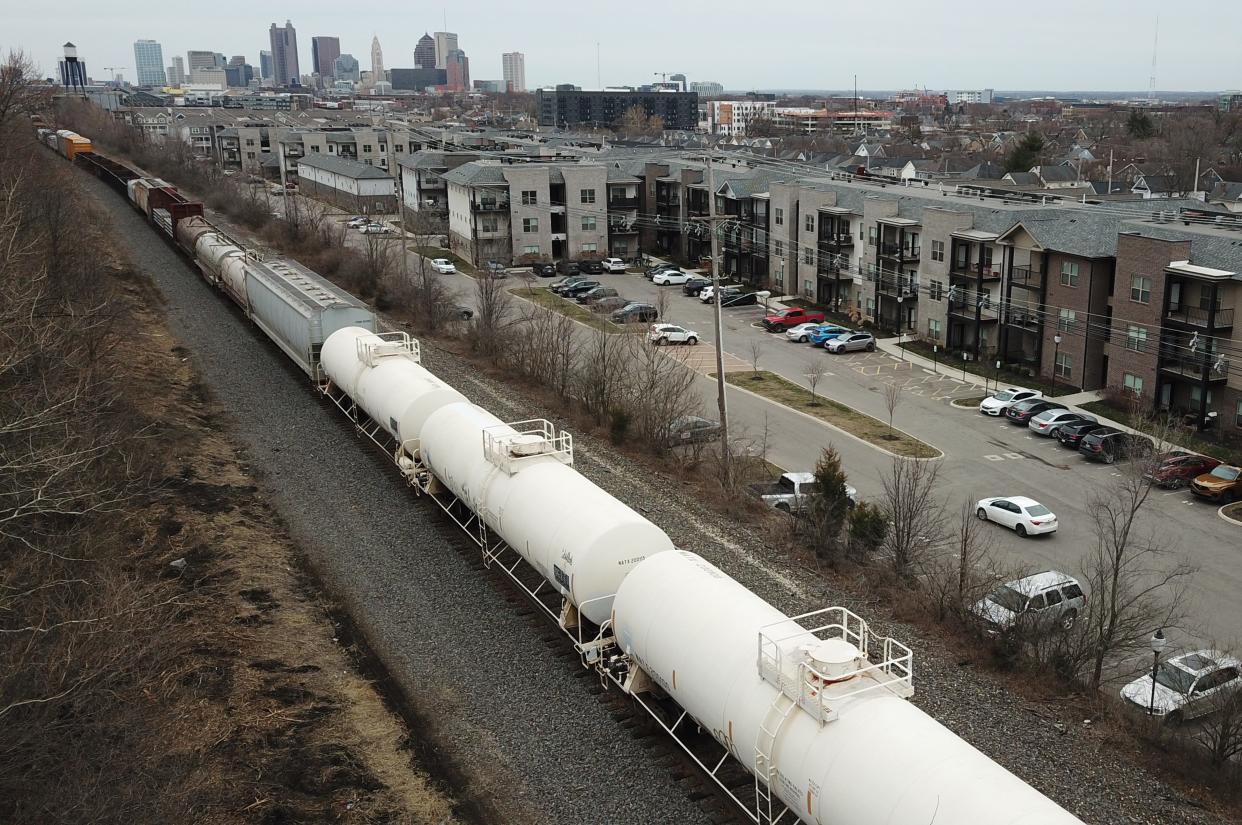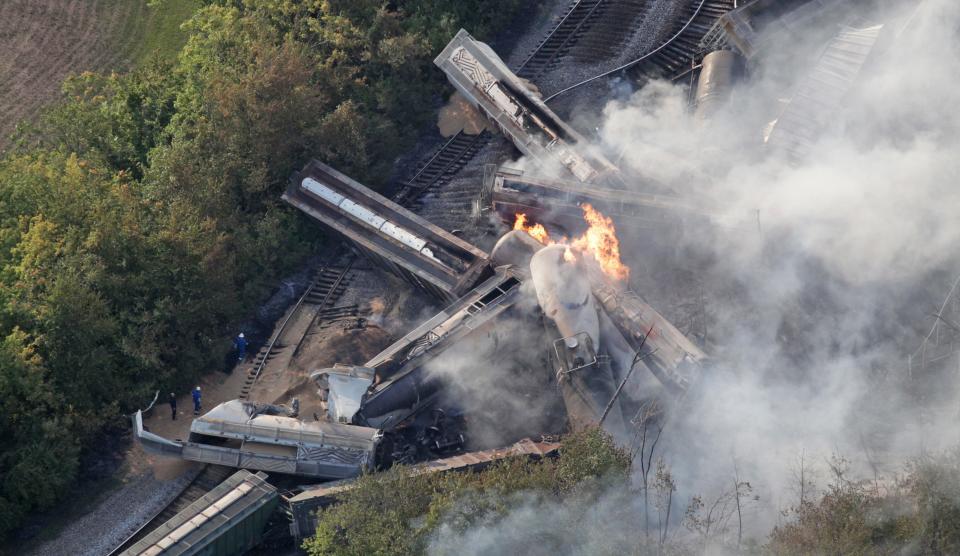Railroads self-inspect track and cars as feds hamstrung by limited resources

Coverage of the East Palestine train derailment is being provided for free. Subscribe today to support local journalism and access all of our content online.
Railroads and owners of the cars that ride on their tracks are responsible for regularly inspecting track, signals and rolling stock, while the federal government, which regulates railroads, inspects them only occasionally.
"We will do unannounced inspections and audits to assess compliance with regulations. We can't be everywhere all of the time," said Warren Flatau, deputy director for public affairs for the Federal Railroad Administration in Washington, D.C.
More:Trains are becoming less safe. Why the Ohio derailment disaster could happen more often
"We use data on leading indicators to help us determine where to send inspectors," Flatau said, including locations of previous derailments or checking histories of compliance or non-compliance.
Railroads and the federal response have been under fire after the Feb. 3 derailment of a Norfolk Southern train in East Palestine, a small Ohio community south of Youngstown and northwest of Pittsburgh.
A mechanical issue with a rail car axle caused the derailment of about 50 freight cars, 10 of which contained hazardous materials. Investigators said they reviewed video showing an overheated wheel bearing on that car.
Five of the cars contained vinyl chloride, a colorless gas used to make hard plastic resin in products like credit cards and PVC pipes.
On Tuesday, Gov. Mike DeWine said that the Public Utilities Commission of Ohio told him that the Norfolk Southern train was not properly classified, so it was able to move hazardous materials through Ohio without notifying state officials.

Norfolk Southern carried out a controlled release of the vinyl chloride around 3:30 p.m. on Feb. 6, unleashing a black plume high above eastern Ohio and western Pennsylvania.
Flatau said federal inspectors will also audit railroad audits, including track inspections. "We're going to look that they're keeping accurate records," he said. They also listen to intelligence from railroad and union officials, he said.
In addition to visual inspections, railroads also use what are called track geometry cars to test track safety. The Federal Railroad Administration also uses the cars, Flatau said.
But the Federal Railroad Administration has just 400 inspectors, Flatau said, while the nation's rail system has 140,000 "route miles," including more than 5,000 in Ohio. A route mile can include one or more parallel tracks.
Jessica Kahanek, senior director of media relations for the Association of American Railroads, said in an email that railroads workers visually inspect each train before it leaves the rail yard. Also, wayside detectors along the route use laser measurements and other technology to assess the equipment, measuring the forces on wheels as well as gear performance and other measurement.
Since 2000, the equipment-caused accident rate has declined 32%, she said. She said that since 2000 the track-caused accident rate has gone down 49%.
The Federal Railroad Administration inspectors focus on compliance and enforcement in the following areas: track, grade crossings, hazardous materials, locomotives and equipment, operating practices, and signal and train control.
The Pipeline and Hazardous Materials Safety Administration, part of the U.S. Department of Transportation, monitors the transportation of hazardous materials.
mferench@dispatch.com
@MarkFerenchik
This article originally appeared on The Columbus Dispatch: Federal inspectors do not have regular look at tracks, equipment

